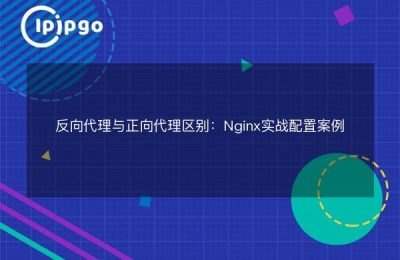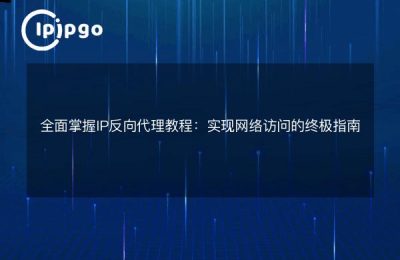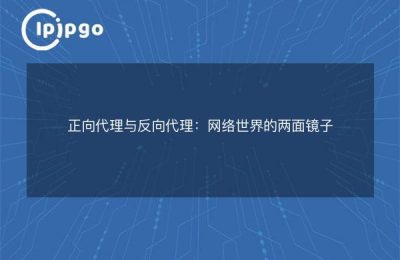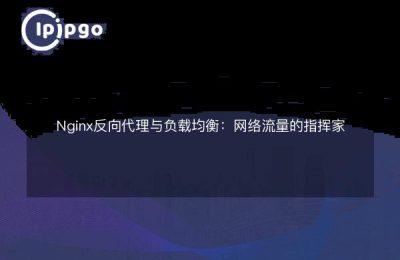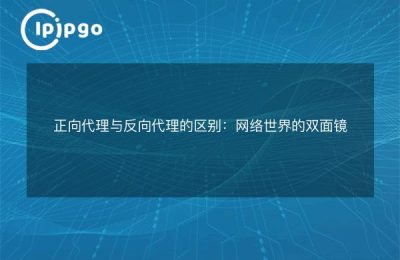
In this article on Reverse Proxy Server Deployment Step-by-Step Details and Performance Optimization, we will look at how to use the Reverse Proxy Server that you provide and dive into performance optimization. We'll go through the deployment process step-by-step and make some recommendations to maximize the use of your reverse proxy server.
Steps to deploy a reverse proxy server
First of all, for reverse proxy server deployment, you need to make sure that you choose the right hardware devices and network environment. Once you are ready, the next key steps are as follows:
Choosing the right reverse proxy server software
Before deployment, you need to select the reverse proxy server software that suits your needs. Common choices include Nginx, Apache HTTP Server, and HAProxy. each software has its own unique features and application scenarios, and you need to choose according to your needs.
Installing and Configuring a Reverse Proxy Server
Once you have chosen the right software, the next step is to install and configure it. Follow the steps to install and configure your chosen software according to its official documentation or community guide. Make sure you read the documentation carefully and understand what each configuration option means so that you can adjust it to your needs.
Domain configuration and SSL certificate settings
When deploying a reverse proxy server, ensure that the domain name and SSL certificate are properly configured. Direct requests to the reverse proxy server by configuring virtual hosting or other relevant settings, and secure communications with a valid SSL certificate.
Performance Optimization Methods
Once deployment is complete, performance optimization is especially important. Here are some ways to optimize performance:
Cache Settings
Utilizing the caching function of the reverse proxy server can significantly reduce the number of requests to the back-end server, thus improving the response speed of the website. According to the actual situation, set the caching time and caching rules reasonably.
load balancing
If your business traffic is large, you can consider using a reverse proxy server for load balancing. By distributing requests to multiple back-end servers, you can effectively improve the concurrent processing capability of the system and avoid single point of failure.
Compressing and minimizing resources
Enabling compression and resource minimization on a reverse proxy server reduces the size of the transmitted content and improves the loading speed of the website. These measures can reduce bandwidth usage while improving the user experience.
In this article, we detail the deployment steps and performance optimization methods for reverse proxy servers. By understanding these elements and adjusting them according to actual needs, you can fully utilize your reverse proxy server to improve website performance and security.

